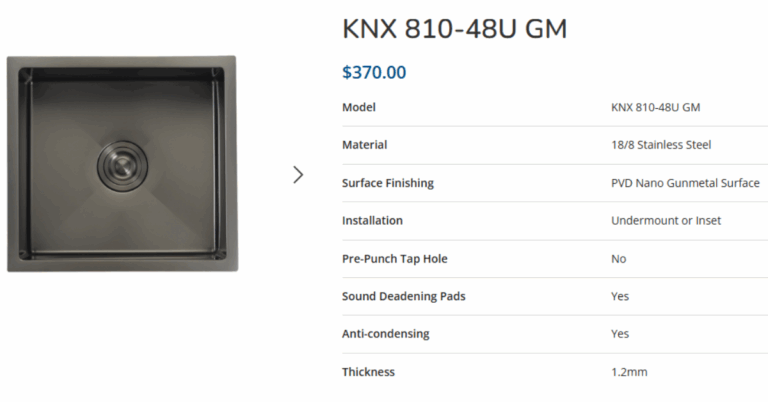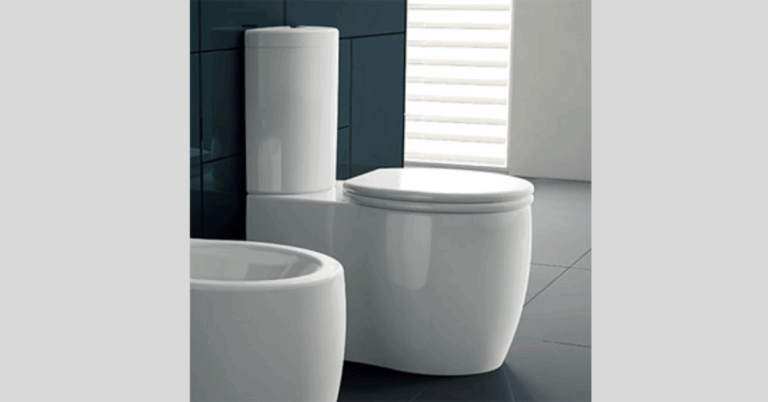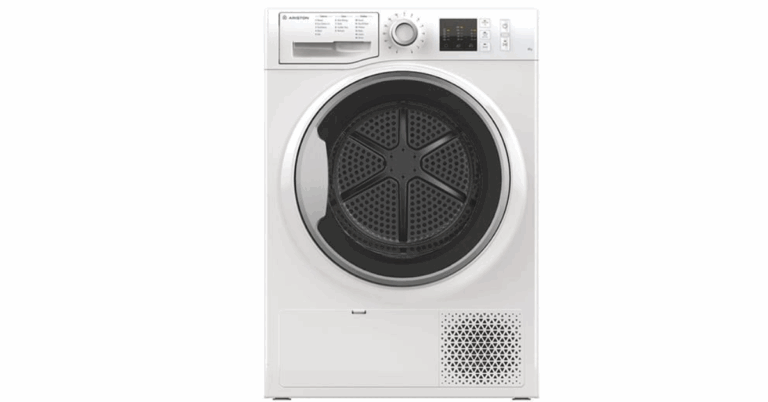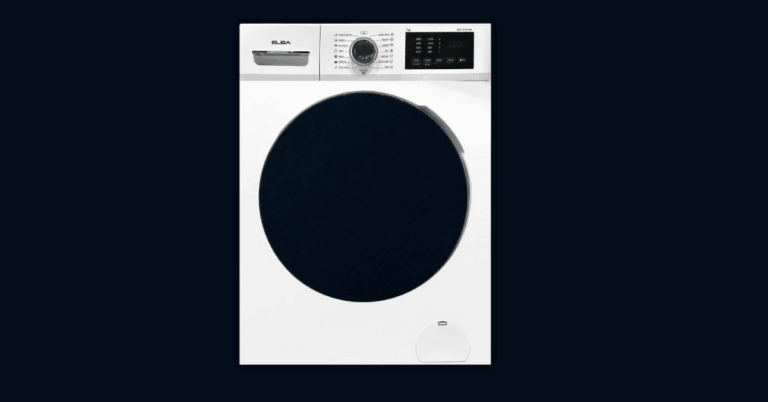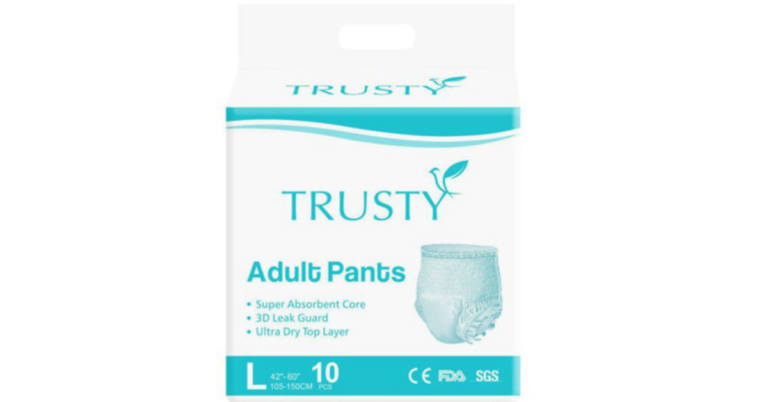Wash Basins: A Guide to Choosing the Right Sink for Your Kitchen in Singapore
When designing or remodeling a kitchen, one of the most important elements to consider is the wash basin. It serves as the heart of the kitchen, where most of the cleaning, food preparation, and washing up tasks are carried out. In Singapore, a place known for its high standards in design, functionality, and quality, choosing the right Wash Basin can make all the difference. This article explores the various types of wash basins available in the market, their features, and factors to consider when selecting the best one for your home.
Types of Wash Basins
Wash basins come in a variety of styles, materials, and designs, each suited to different kitchen needs and preferences. Understanding the different types available can help homeowners make a more informed choice.
1. Undermount Wash Basins
Undermount wash basins are installed beneath the countertop, creating a seamless look. The countertop extends slightly over the edges of the sink, providing a clean, minimalist aesthetic. This style is popular in modern kitchens because it eliminates the lip or rim that is often found with top-mount sinks. Undermount sinks are easy to clean since there is no rim to collect dirt, and they create a smooth surface where crumbs and liquids can be wiped directly into the sink.
2. Top-Mount Wash Basins
Top-mount wash basins, also known as drop-in basins, are one of the most common types used in kitchens. These basins sit on top of the countertop, with the edges of the sink visible around the rim. This installation method is typically more affordable compared to undermount sinks and is relatively easy to install. While top-mount wash basins may not have the seamless look of undermount basins, they are durable and widely available in various materials and designs.
3. Integrated Wash Basins
Integrated wash basins are built directly into the countertop, often made from the same material as the countertop itself. This type of wash basin gives a sleek, uniform look and reduces the chance of water leakage or buildup around the edges. Integrated basins are typically seen in high-end kitchen designs, where aesthetics and durability are of utmost importance. They are usually made from materials like solid surface or quartz, which blend seamlessly with the surrounding countertop.
4. Farmhouse or Apron-Front Wash Basins
Farmhouse-style wash basins, also known as apron-front sinks, have a deep basin that extends past the edge of the countertop. These sinks are designed to give a rustic, country feel and are often chosen for their aesthetic appeal and practicality. Farmhouse wash basins are typically larger and deeper than traditional sinks, making them ideal for handling large pots, pans, and dishes. They are available in a variety of materials, including fireclay, stainless steel, and cast iron.
Key Materials for Wash Basins
The material of your wash basin is crucial in determining its durability, maintenance requirements, and aesthetic appeal. The most common materials used for wash basins in Singapore include:
1. Stainless Steel
Stainless steel is a popular material for wash basins due to its durability, resistance to corrosion, and ease of cleaning. It is a versatile choice that fits well with both modern and traditional kitchen designs. Stainless steel sinks are also relatively affordable and available in a wide range of sizes and shapes. However, they can scratch over time, and some models may develop water spots or stains if not properly maintained.
2. Ceramic
Ceramic wash basins are known for their smooth finish and elegant appearance. Made from fired clay, ceramic basins are resistant to scratches and stains and have a non-porous surface, making them easy to clean. They are often available in a variety of colors and designs, allowing homeowners to choose a basin that complements their kitchen decor. Ceramic sinks, however, may chip if heavy items are dropped onto them, and they may require more careful handling.
3. Composite Materials
Composite wash basins are made from a blend of materials, such as granite, quartz, and resin, to create a highly durable and non-porous surface. These sinks are resistant to scratches, stains, and heat, making them an excellent choice for busy kitchens. Composite basins also tend to be quieter when water is running or dishes are being washed. They come in a wide range of finishes, from matte to glossy, and can be molded into various shapes and sizes.
4. Glass
Glass wash basins are a more modern and stylish option that adds a touch of elegance to any kitchen. They are easy to clean and maintain, and they often feature unique designs, such as frosted or tinted glass. While they offer a sleek appearance, glass basins are more prone to breaking or chipping, and they may require more careful use compared to other materials.
Features to Look for in a Wash Basin
When shopping for a wash basin for your kitchen, there are several features you should consider to ensure you choose a sink that meets your needs:
1. Size and Depth
The size and depth of the wash basin will affect how easily you can clean large dishes and prepare food. If you regularly cook large meals or wash large pots and pans, consider opting for a deeper or larger basin. A larger basin also offers more flexibility when it comes to multitasking, allowing you to wash dishes, rinse vegetables, and clean utensils all at once.
2. Shape
Wash basins come in various shapes, including rectangular, square, round, and even custom designs. The shape of your basin can significantly affect the overall aesthetic of your kitchen, so it is important to choose one that complements the layout and design of your space. For example, rectangular basins are often chosen for their modern look, while round or oval basins are seen as more traditional.
3. Drainage and Overflow Features
Proper drainage is essential for ensuring that water doesn’t pool around the basin. Look for a wash basin with a well-designed drainage system, including an adequately sized drain hole. Additionally, some basins come with overflow protection to prevent water from spilling over in case the basin becomes too full. This feature can help prevent flooding and water damage to your kitchen.
4. Noise Reduction
If noise is a concern, consider selecting a wash basin that offers noise reduction technology. Some materials, like composite or sound-dampening stainless steel, help absorb the sound of water hitting the sink, making your kitchen experience quieter and more pleasant.
5. Style and Finish
The style and finish of the wash basin are important for achieving the desired look in your kitchen. Whether you prefer a sleek, modern design or a more rustic farmhouse style, choose a basin that complements the overall aesthetic of your space. Consider finishes such as matte, glossy, or brushed, depending on the look you’re aiming for.
Conclusion
Selecting the right wash basin for your kitchen in Singapore requires careful consideration of various factors, including material, style, functionality, and durability. Whether you opt for a sleek undermount sink, a classic top-mount basin, or a stylish farmhouse model, the wash basin you choose should suit your cooking habits, design preferences, and maintenance requirements. By considering all the available options, you can find the perfect sink that enhances the functionality and aesthetics of your kitchen, making it a more efficient and enjoyable space to work in.


